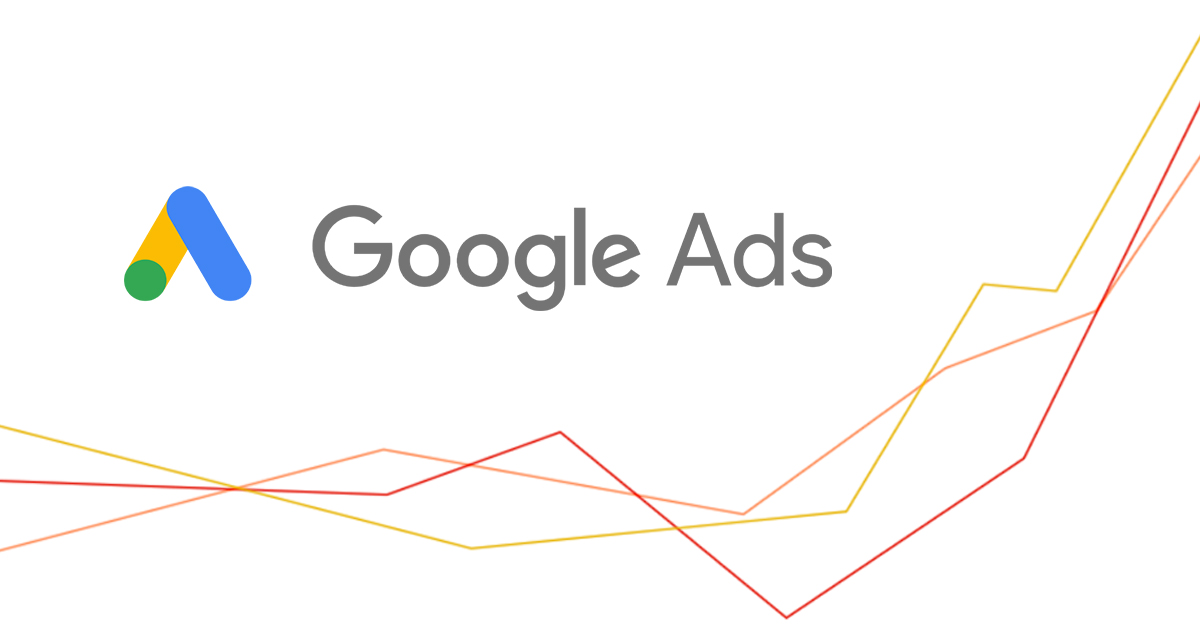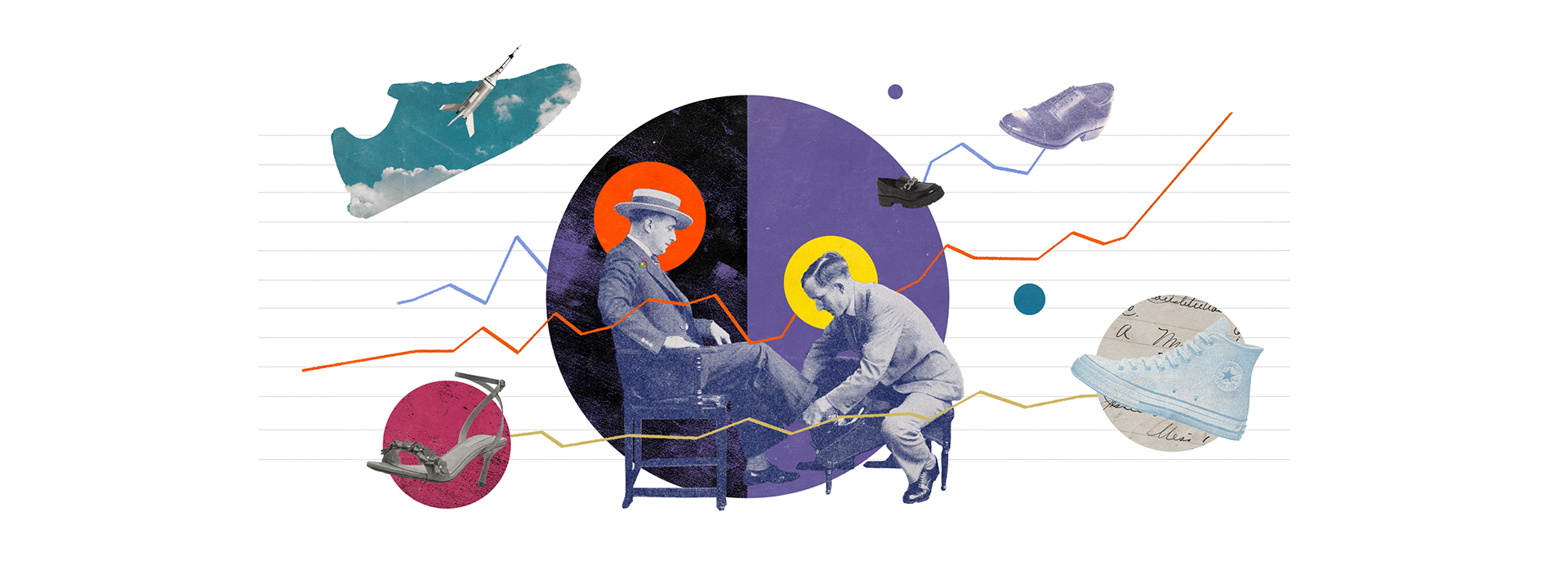In today’s media world, short-form content is the focus of social monoliths and brands. From Instagram to TikTok, studies reflect that the average digital attention span of GenZers and Millennials ranges between eight to twelve seconds. Short-form content is the ideal format for the contemporary social zeitgeist, and media companies focus on providing low-effort, instant gratification for digital consumers. In this landscape, longer content like articles and blogs can seem like swimming against the current or shouting into the void.
While short-form media is compelling in its rapid delivery, new statistics show most people don’t want more bite-size content. Faced with a never-ending information overload, people gravitate increasingly toward in-depth content focused on their interests. Specifically, we are seeing a revival of long-form content in the form of newsletters. Platforms like Substack, a subscription newsletter platform, have gained popularity recently, with 250,000 paying subscribers and their top 10 publishers collectively bringing in $7 million in annualized revenue.
In the success of platforms such as Substack, people’s exhaustion with the juggernaut of short-form media platforms is evident. People are tired of fake news, clickbait, endless debates, and viral trends. The same sensory saturation that hooks individuals into social media streams has also left many disenchanted with a loss of trust and authenticity in the media they consume. Substack producer Valerio Bassan said, “Newsletters provide a solid answer to the number one question in media today: how can we rebuild trust between us and our readers?” Readers are rediscovering a sense of genuine connection and immediacy in newsletters, leading to a pendulum swing where consumers increasingly focus on individual creators and high-quality, long-form content. An email marketing study conducted by Hubspot revealed that 73% of consumers prefer communications from businesses to come via email in the form of newsletters, and readers spend 80% more time on websites that communicate via email.
There are a few critical factors to newsletters’ enduring effectiveness and relevance. Newsletters offer consistency and nostalgia to readers, reminding them of the directness and informality associated with pre-social media content. Journalist Falon Fatemi told Forbes about the nostalgic value of newsletters: “Newsletters retain some of the intimacy of the early digital-media days when online writing felt less polished, more vital.” In contrast to the layered messages of influencers and sponsored content, newsletters break the fourth wall with the power of one party speaking to another on the ideas they care about. Nostalgia allows businesses to build genuine relationships based on trust and customer connection.
Brands must continually play the algorithm on social media platforms, navigating the elusive metrics for likes and jockeying for exposure amongst thousands of others. In the vast, ever-flowing river of content, standing out and capturing your audience’s attention can be difficult. By its nature, short-form content is less distinctive and provides superficial information to your viewers. Long-form content gives your readers more thought-provoking and valuable information to digest and can engage people for sustained periods. While many digital content aims at mass audiences on open platforms, newsletters communicate directly to someone’s inbox. With newsletters, businesses gain traction by understanding the interests of their readers and writing appealing, creative content.
Research published in the Trew State of Marketing report shows that audiences desire ‘deep content’ speaking to their specific needs. The newsletter format allows brands to share information in an accessible way with content that speaks to these needs. In long-form writing, you can showcase your business’s expertise and attentiveness to your customers’ interests. We all rely on accessible information to educate ourselves and solve complex problems, whether via a friend, a blogger, or a business. The ability to display your unique insights through carefully crafted newsletters cements your business in your audience’s network of resources with consistent relevance outside of fleeting social media trends. Short-form content can be addictive in its quick hit of ideas, but it can be disappointing when you want detailed information on a subject and get the footnotes. Newsletters with stories and thoughtful takeaways give readers an immersive and satisfying experience.
Research also reveals that longer-form content routinely improves the quantity and quality of customer responses. Long-form content leads to more shares, conversion rates, and sales than bite-size content, reflecting how the effort of newsletters pays off in engagement and building networks. That is not to say there is no value or place for short-form content. Long and short-form content should work in tandem to create a diverse communication strategy. For example, you can repurpose comprehensive newsletter content for short-form outputs like quotes, short videos, and posts as a double resource for your business.
Newsletters build loyal relationships as readers look forward to and depend on your business’ unique perspectives. Newsletters may not provide an easy measurement of likes and shares. However, long-form content empowers businesses to develop an authentic dialogue with their community and ensure clients remain connected to their Digital Ecosystem. Through newsletters, people can understand your brand’s story and see the passion behind your service. In long-form storytelling, you can share the human element of your business, the people who make up your team, and your journey as a company. Readers can understand and connect with your business by providing valuable information and genuine emotive narratives. Newsletters give businesses the space to promote their original expertise, grow dedicated relationships with customers, and position your business not only as a contributing voice but as an authority in your industry. Long-form content requires research, creativity, and communication but is an investment in the ongoing success of your business. Although short-form content and social media will be around for a while, the newsletter is sent directly to your clients’ inboxes. Therefore, if the platforms that short-form content disappear, a company keeps connecting to its customers. Tansley believes in the value of the influence of the humble newsletter. We now see that the communication medium is regaining influence in today’s media landscape, and the power of authentic writing is enduring.







